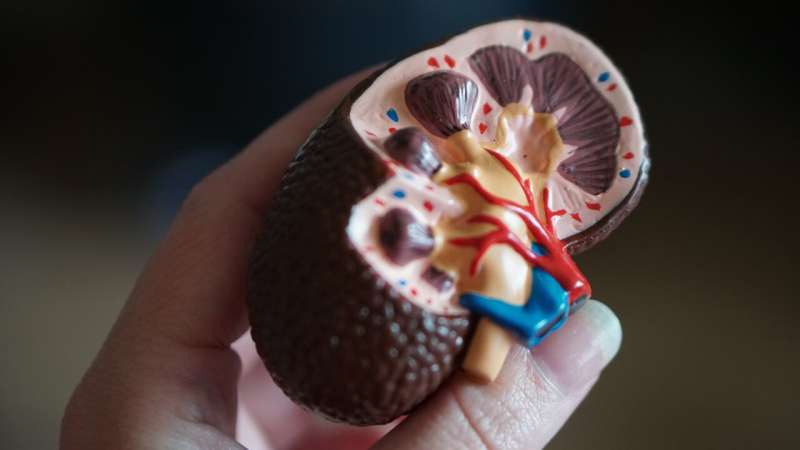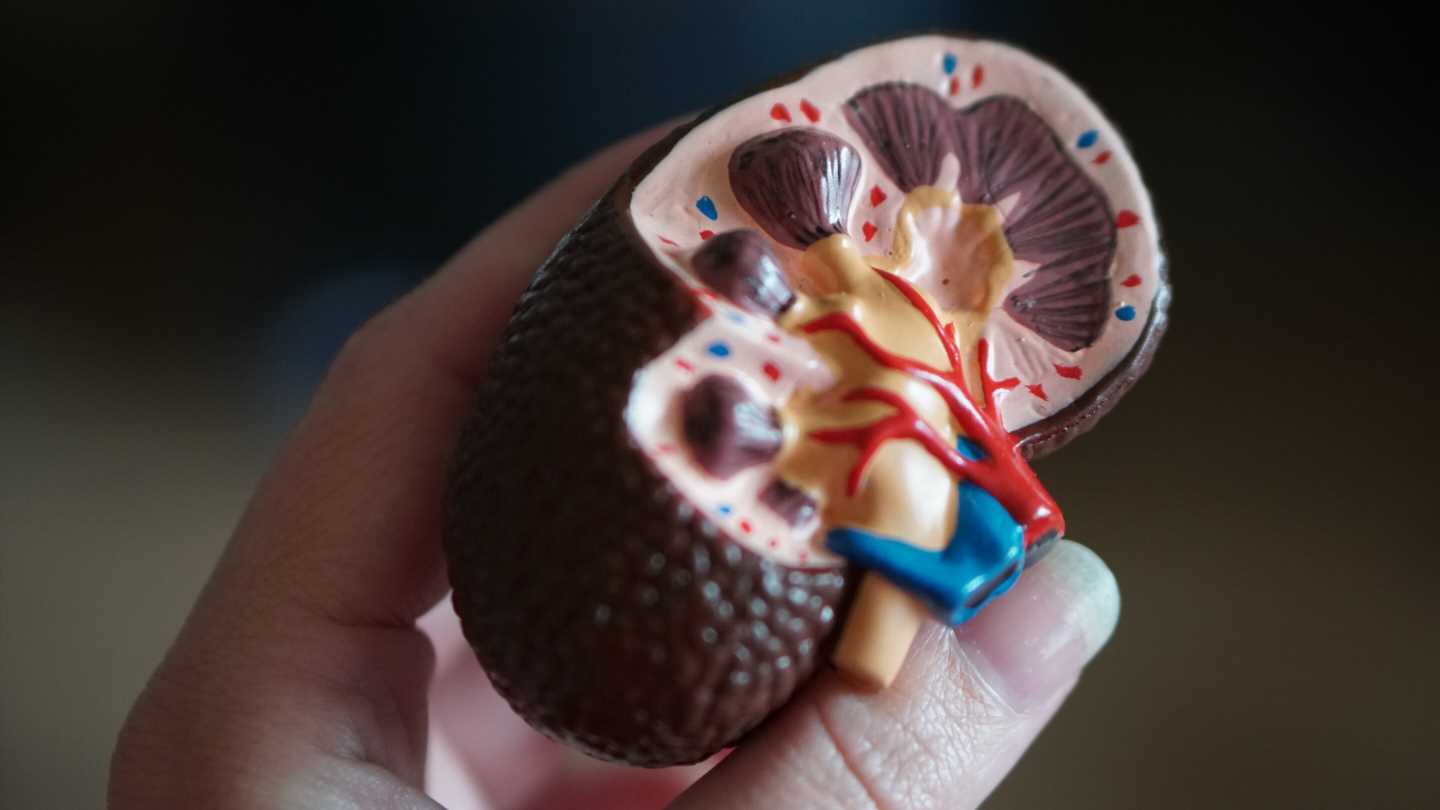
New research published in JASN reveals profound sex differences in the detection, monitoring, and management of chronic kidney disease (CKD) in Sweden. Efforts to ensure equitable care between sexes could have important implications in reducing the burden of CKD in the country and elsewhere.
Worldwide, there are sex differences in the causes, prevalence rates, progression, and outcomes of persons with CKD that could be explained by biological differences between men and women, but also by differences in the quality of care provided to them. Importantly, guidelines have well-defined recommendations on how to screen, diagnose, monitor, and care for individuals at risk of CKD or with established CKD, and these recommendations are not sex-based.
A team led by Juan Jesus Carrero, Pharm, Ph.D. and Oskar Swartling, an MD, Ph.D. student (Karolinska Institutet, Sweden) studied a variety of CKD-care indicators among 227,847 people with a first-ever detected low level of kidney function denoting probable CKD in Stockholm’s health system from 2009–2017.
The investigators found that compared with men with similar characteristics, women were less likely to receive a diagnostic code related to CKD, be referred to a nephrologist, and have their kidney function monitored. Additionally, women were less likely to receive guideline-recommended medications.
“We were expecting to find small or no disparities in how men and women were managed, because guidelines do not make distinctions by sex. Instead, we observed profound differences in the detection work up and management of chronic kidney disease suggesting suboptimal care among women. Surprisingly, these differences were observed across high-risk groups and indications, such as women with diabetes, macroalbuminuria, or advanced chronic kidney disease,” said Dr. Carrero. “This study identifies healthcare gaps that may explain previously reported sex differences in the prevalence, progression rates, and outcomes of persons with chronic kidney disease.”
Analyses of time trends during the last decade showed that many indicators are improving over time—for example, there has been an increase in the rate of certain tests of kidney function over the years, but the rate of testing among women with CKD has been persistently lower than that of men.
Source: Read Full Article
